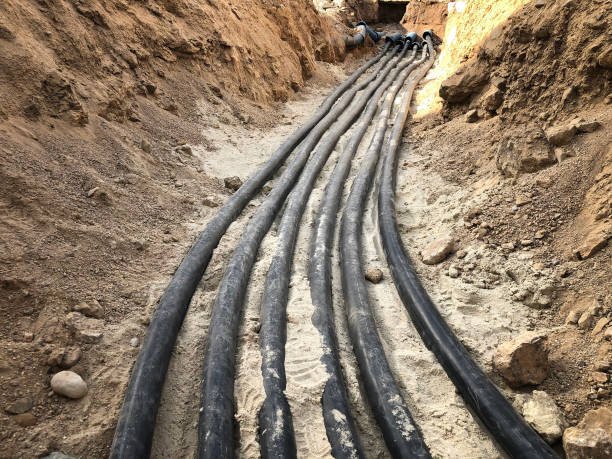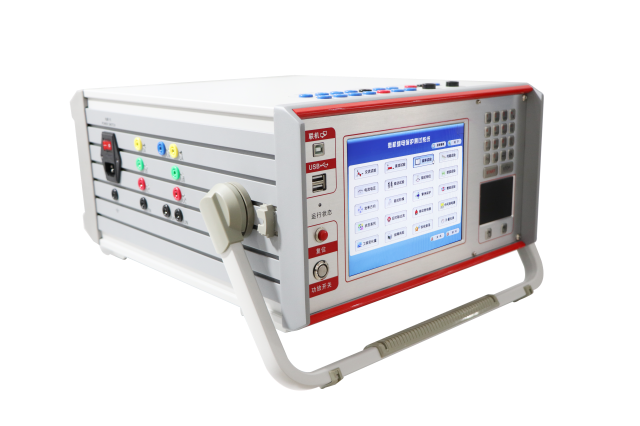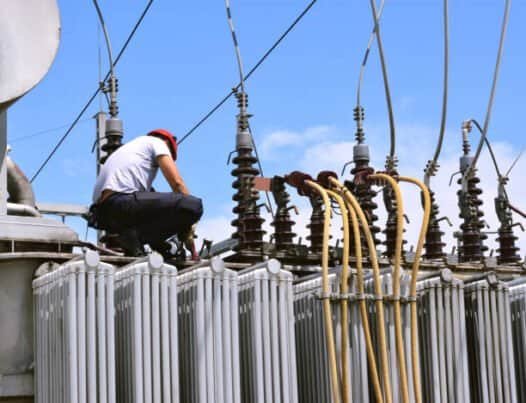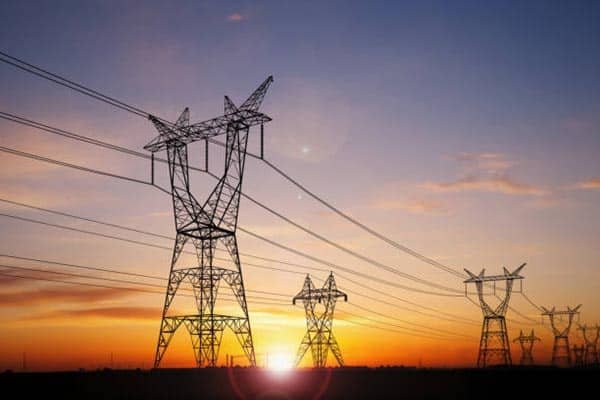In the intricate world of electrical engineering, the reliability and integrity of High Voltage (HV) and Medium Voltage (MV) cables are of paramount importance. These cables, often considered the lifelines of our modern power infrastructure, play a pivotal role in ensuring consistent power supply to cities, industries, and homes. Given their significance, the detection and rectification of faults in these cables are crucial. This article delves into a case study highlighting the successful detection of faults in HV/MV cables using Very Low Frequency (VLF) testing and explores the features of VLF cable testing and their applications on the actual cases .

The Challenge with HV/MV Cables
HV/MV cables, by virtue of their design and application, are exposed to various environmental and operational stresses. From temperature fluctuations to physical damages and from moisture ingress to insulation degradation, these cables are susceptible to a myriad of challenges. Detecting faults, especially at an early stage, can prevent catastrophic failures, minimize downtime, and save substantial costs.

VLF Cable Testing
VLF cable testing, which stands for Very Low Frequency testing, has emerged as a game-changer in the domain of cable fault detection. Unlike traditional testing methods that operate at power frequencies (50/60 Hz), VLF testing operates at much lower frequencies, typically between 0.01 to 0.1 Hz.
VLF Hipot Cable Tester Feature

- Wide Frequency Range: VLF hipot testers can operate across a range of very low frequencies, allowing for flexibility in testing different cable types and lengths.
- Safety and realiabity: low connection between control unit and HV booster and safely realiable performance
- Reduced Stress on Cables: By operating at very low frequencies, VLF testing subjects cables to significantly less electrical stress, thereby reducing the risk of causing additional damage during the test.
- High Sensitivity: VLF hipot testers are designed to detect even minor faults, making them incredibly effective in early fault detection.
- Portability: Modern VLF hipot testers are compact and portable, making them suitable for on-site testing in various locations.
- Advanced technonlogy: Adopt the technology of digital variable frequency and micro-computer control.It realizes the fully automatic voltage boost,step-down,measurement and protection as well as the manual intervention in the process of automatic voltage boost
Application of VLF Hipot Testers on HV/MV Cables
Given the challenges associated with HV/MV cables, VLF hipot testers have found widespread application in:
Pre-commissioning Tests: Before new cable installations are energized, VLF testing ensures that the cables are free from manufacturing or installation defects.
Routine Maintenance Checks: For older cables or those exposed to harsh environments, periodic VLF tests can monitor the health of the insulation and detect emerging faults.
After Repairs: Post any repair work, VLF testing ensures that the repair has been successful and that the cable is fit for operation.
Case Study:
A renowned renewable energy company had just completed the installation of a vast network of HV cables for their new solar farm. Before energizing the system, they needed to be certain of the integrity and reliability of these cables.

The Pain Points
Uncertainty: The cables were sourced from various manufacturers, leading to concerns about consistency in quality.
High Stakes: A fault in the system post-commissioning could lead to significant downtime, affecting energy production and revenue.
Safety Concerns: Any undetected issues could pose safety risks to the maintenance staff and the equipment.
Time Constraints: The project was on a tight schedule, and any delays in commissioning would have contractual implications.
VLF Testing Solution
Understanding the client’s concerns, a team of electrical engineers proposed a comprehensive pre-commissioning test using VLF hipot testers. They highlighted the benefits:
Early Fault Detection: VLF testing could identify potential weak spots in the insulation before they developed into full-blown faults.
Safety: The test would ensure that the cables were safe and free from manufacturing or installation defects.
Efficiency: VLF tests could be completed faster than traditional power frequency tests, aligning with the client’s tight schedule.
The Testing Process
The HV cable network was segmented, and each segment underwent rigorous VLF testing. The team meticulously documented each test, ensuring transparency in the process.
The Revelation
The VLF testing detected inconsistencies in the insulation quality in certain cable sections. These sections showed early signs of potential degradation, which could have led to major faults post-commissioning.
The Solution
Targeted Replacement: Only the affected cable sections were replaced, saving costs and time.
Enhanced Protection: Additional protective measures, like better sealing, were implemented to safeguard against potential environmental factors.
Training: The on-site team was trained on the basics of VLF testing, enabling them to conduct routine checks in the future.
The client’s decision to opt for VLF testing before commissioning their HV cables proved invaluable. Not only did it ensure the reliability and safety of their network, but it also saved them potential future costs and downtime. The case underscores the importance of preemptive measures in electrical engineering and the unmatched value VLF testing brings to the table.





